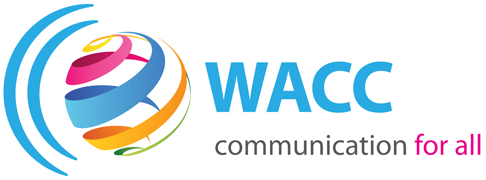Gender-based violence on and through digital communication technologies is arguably the most pervasive human rights violation on the Internet.
It is clear that technology — once considered an agent for gender equality — has become a serious threat to women’s rights.
Sexual harassment. Rape threats. Objectification....
[caption id="attachment_58724" align="alignleft" width="190"] MD 2023/4[/caption]
Media Development 2023-4
Migrant Rights Are Human Rights
Communication with, from, and by migrants and refugees is fundamental to their wellbeing and to strengthening their sense of self-worth and dignity. How can media and communication become vehicles to help migrants exercise their...
Media coverage of migration and migrants has been subjected to intense scrutiny by human rights activists, who see that news reporting has ranged from fair and balanced to biased and prejudiced, inciting a gamut of responses locally and nationally.
Blatantly negative reporting has increased anxiety and...
In 2020, there were about 281 million international migrants in the world, according to a recent report.1 That figure equates to 3.6% of the global population. Displaced persons accounted for 89.4 million (including refugees, asylum seekers, displaced Venezuelans, and internally displaced people).
Some countries host greater...
The world the media paint becomes the face of the societies we live in. The under-representation, or outright exclusion, of certain communities from the media, makes them invisible. And when people are invisible, their rights can much more easily be violated. Migrant and refugees, like...
The Global Compact for Migration is the first-ever UN global agreement on a common approach to international migration in all its dimensions. The global compact is non-legally binding. It is grounded in values of state sovereignty, responsibility-sharing, non-discrimination, and human rights, and recognizes that a...



